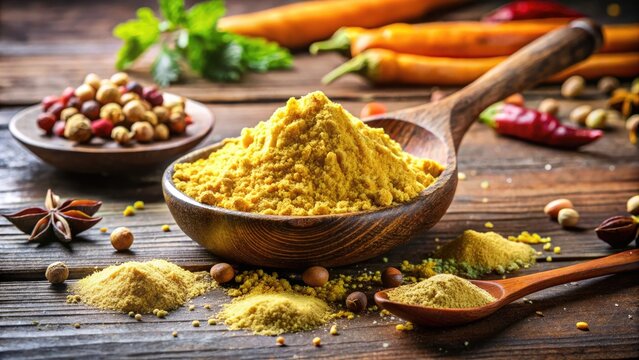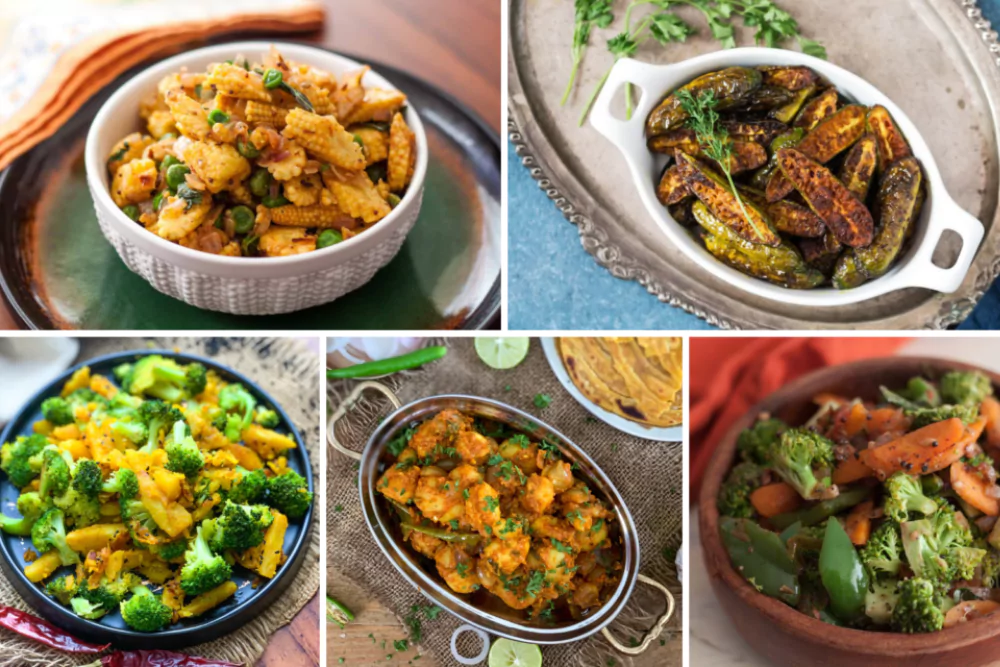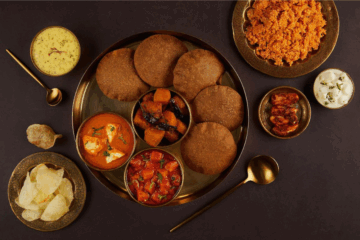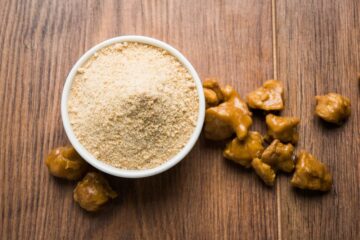What are some traditional North Indian dishes that use hing?
Short Answer: Traditional North Indian dishes using hing include Dal Tadka, Kadhi, and Chana Masala.
Hing, or asafoetida, is a staple in North Indian cuisine. It is used in various traditional dishes to enhance their flavor. Here are some of the most popular dishes that incorporate hing:
- Dal Tadka: A spiced lentil dish where hing adds a unique aroma and taste.
- Kadhi: A yogurt-based curry thickened with gram flour, where hing plays a crucial role in the tempering.
- Chana Masala: A chickpea curry that uses hing to balance the robust flavors of the spices.
- Aloo Methi: Potatoes cooked with fenugreek leaves and a hint of hing, giving it a distinctive flavor.
- Saag Paneer: Spinach and cottage cheese curry where hing enhances the richness of the spinach.
How does hing enhance the flavor of a dish, and what are its benefits?
Short Answer: Hing enhances a dish by adding a unique umami flavor and offering digestive benefits.
Hing is revered not only for its pungent aroma but also for its ability to enhance the overall flavor profile of a dish. The benefits of hing include:
- Flavor Enhancement: Hing provides a depth of umami flavor, which complements and elevates other spices in the dish.
- Digestive Aid: Hing has been known to improve digestion and alleviate gas and bloating.
- Antimicrobial Properties: It possesses antimicrobial properties that help keep food safe from bacteria and spoilage.
- Anti-inflammatory: Hing has anti-inflammatory properties that can help reduce inflammation in the body.
- Aromatherapy: The aroma of hing can help in soothing the mind and reducing stress.

Are there any substitutes for hing in case I can’t find it in my local store?
Short Answer: Common substitutes for hing include garlic powder, onion powder, and leeks.
If you’re unable to find hing, there are several substitutes that can mimic its unique flavor:
- Garlic Powder: Offers a pungent flavor similar to hing.
- Onion Powder: Provides a subtle, sweet, and aromatic flavor.
- Leeks: Fresh leeks can be sautéed and used in recipes as a substitute for hing.
- Shallots: Finely chopped shallots can add a mild, sweet flavor that is somewhat similar to hing.
- Fennel Seeds: Ground fennel seeds can offer a sweet and aromatic flavor that pairs well with many dishes.
Can you share a step-by-step recipe for a popular North Indian dish using hing?
Short Answer: Here’s a step-by-step recipe for Dal Tadka, a popular North Indian dish using hing.
Dal Tadka is a beloved North Indian dish that combines the richness of lentils with the distinctive aroma of hing. Follow this recipe to make it at home:
- Ingredients:
- 1 cup split red lentils (masoor dal)
- 2 cups water
- 1 teaspoon turmeric powder
- Salt to taste
- 2 tablespoons ghee (clarified butter)
- 1/2 teaspoon cumin seeds
- 1/4 teaspoon hing (asafoetida)
- 2 green chilies, slit
- 1 onion, finely chopped
- 2 tomatoes, finely chopped
- 1 teaspoon ginger-garlic paste
- 1 teaspoon red chili powder
- Fresh coriander leaves, chopped (for garnish)
- Instructions:
- Rinse the lentils thoroughly and cook them in a pressure cooker with water, turmeric powder, and salt for 5-6 whistles.
- In a separate pan, heat ghee and add cumin seeds. Once they splutter, add hing and green chilies.
- Add chopped onions and sauté until golden brown. Then, add ginger-garlic paste and cook until raw smell disappears.
- Add chopped tomatoes and cook until they turn soft and the oil separates.
- Add red chili powder and cooked lentils to the pan. Mix well and bring to a boil. Adjust the consistency with water if needed.
- Simmer for a few minutes and garnish with fresh coriander leaves.
- Serve hot with rice or roti.
- Tips:
- For a smoky flavor, you can add a piece of charcoal to the dal. Place a small metal bowl in the center of the dal, place a hot charcoal piece in it, pour a teaspoon of ghee over the charcoal, and cover the dal immediately. Let it infuse for a few minutes before serving.
- You can also add a tempering of garlic and dried red chilies for an extra kick of flavor.
What are some tips for properly storing and using hing to maintain its potency and flavor?
Short Answer: Store hing in an airtight container away from moisture and sunlight for maximum potency and flavor.
To ensure that your hing retains its potency and flavor, follow these storage tips:
- Airtight Container: Store hing in a tightly sealed container to prevent exposure to air and moisture.
- Cool, Dark Place: Keep hing in a cool, dark place away from direct sunlight to maintain its quality.
- Use Sparingly: A small amount of hing goes a long way, so use it sparingly to avoid overpowering the dish.
- Freshness Check: Periodically check the freshness of your hing and replace it if it loses its aroma and potency.
- Prevent Contamination: Always use a clean, dry spoon to scoop out hing to prevent contamination and moisture entry.
Conclusion
Hing, or asafoetida, is a treasured ingredient in North Indian cuisine, known for its unique flavor and numerous benefits. By incorporating hing into traditional dishes like Dal Tadka and following proper storage and usage tips, you can enhance your culinary creations. Whether you’re a seasoned cook or a beginner, exploring the world of North Indian hing recipes is sure to be a delightful and flavorful journey. Happy cooking!
At Hingwala, we understand the importance of quality ingredients in your kitchen. Our range of premium hing spices, are sourced from the best producers to ensure you get the finest flavors and health benefits. Visit our website hingwala to explore our product range and bring home the taste of tradition.





